Slurry Pump Starting Failures: Reasons & Solutions
his article discusses the reasons and solutions for the failure to start a slurry pump. Slurry pumps, which are commonly used in various industries, may face issues such as power supply abnormalities, mechanical faults, and damaged components. The article provides specific troubleshooting steps for each issue to assist in resolving the problem.
Reasons and Solutions for the Failure to Start a Slurry Pump
A slurry pump, a widely – used large centrifugal pump in power generation, mining, coal, metallurgy, and environmental protection industries, transports high – temperature, abrasive, and concentrated slurries with solid particles. Due to its working conditions, it often faces problems like severe flow – component wear and short lifespan. When it fails to start, quick troubleshooting is essential.
1. Power Supply Checks
Check if the power supply is normal. Examine connector connections, switch contacts, and verify if fuses are blown or if there’s a lack of three – phase power supply.
Solution: For circuit breaks, poor contacts, blown fuses, or phase loss, identify and repair the cause promptly.
2. Mechanical Fault Inspections in the Pump
Common causes include overly tight packing or obstructions between the impeller and pump body.
Solution: Loosen the packing and clear the water inlet channel.
3. Damaged Component Checks in the Pump
Look for rusting of the pump shaft, bearings, or leakage reduction ring, as well as severe bending of the pump shaft.
Solution: Disassemble the pump, remove debris, rust, or corrosion. Straighten or replace the pump shaft.

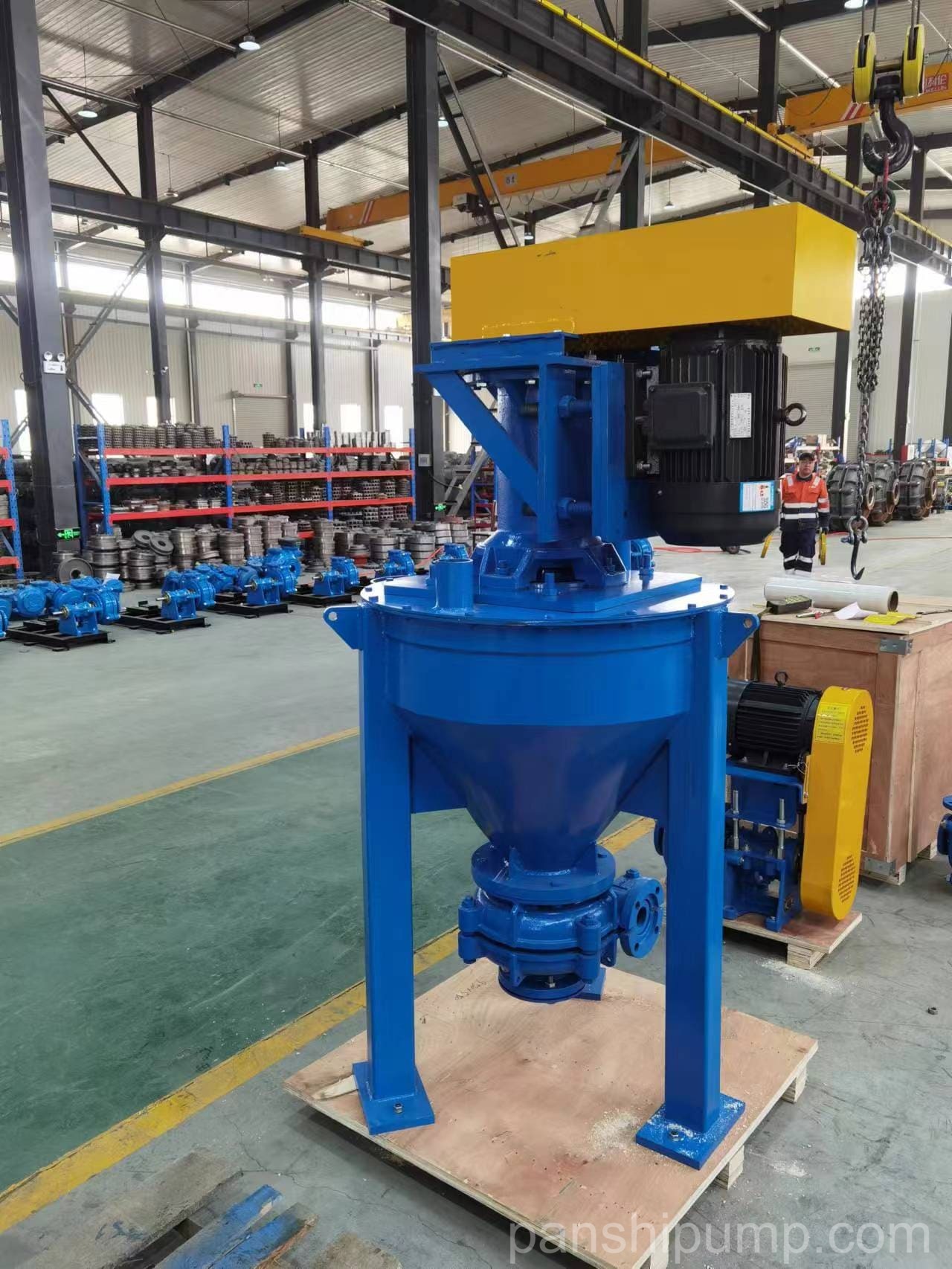
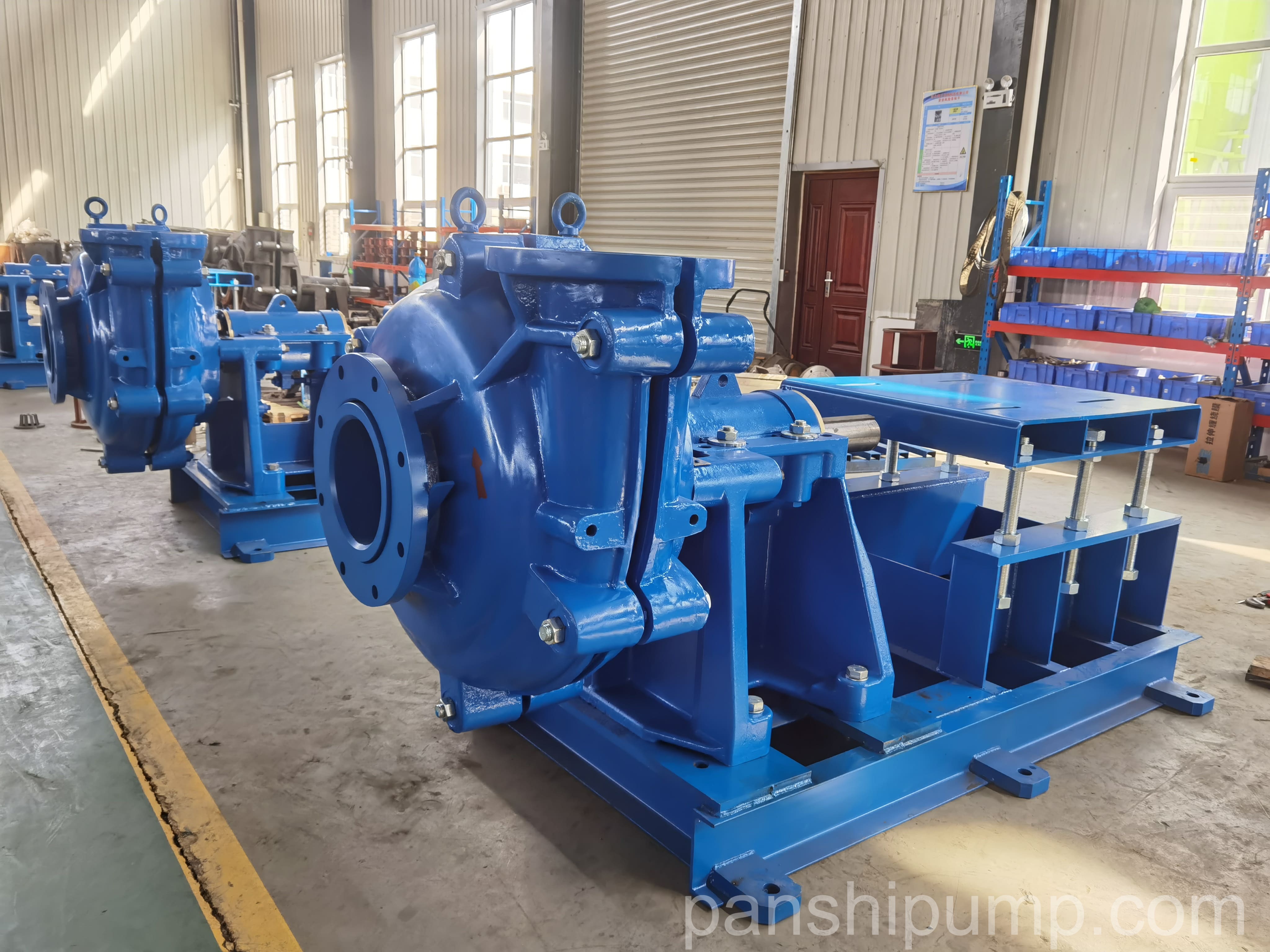
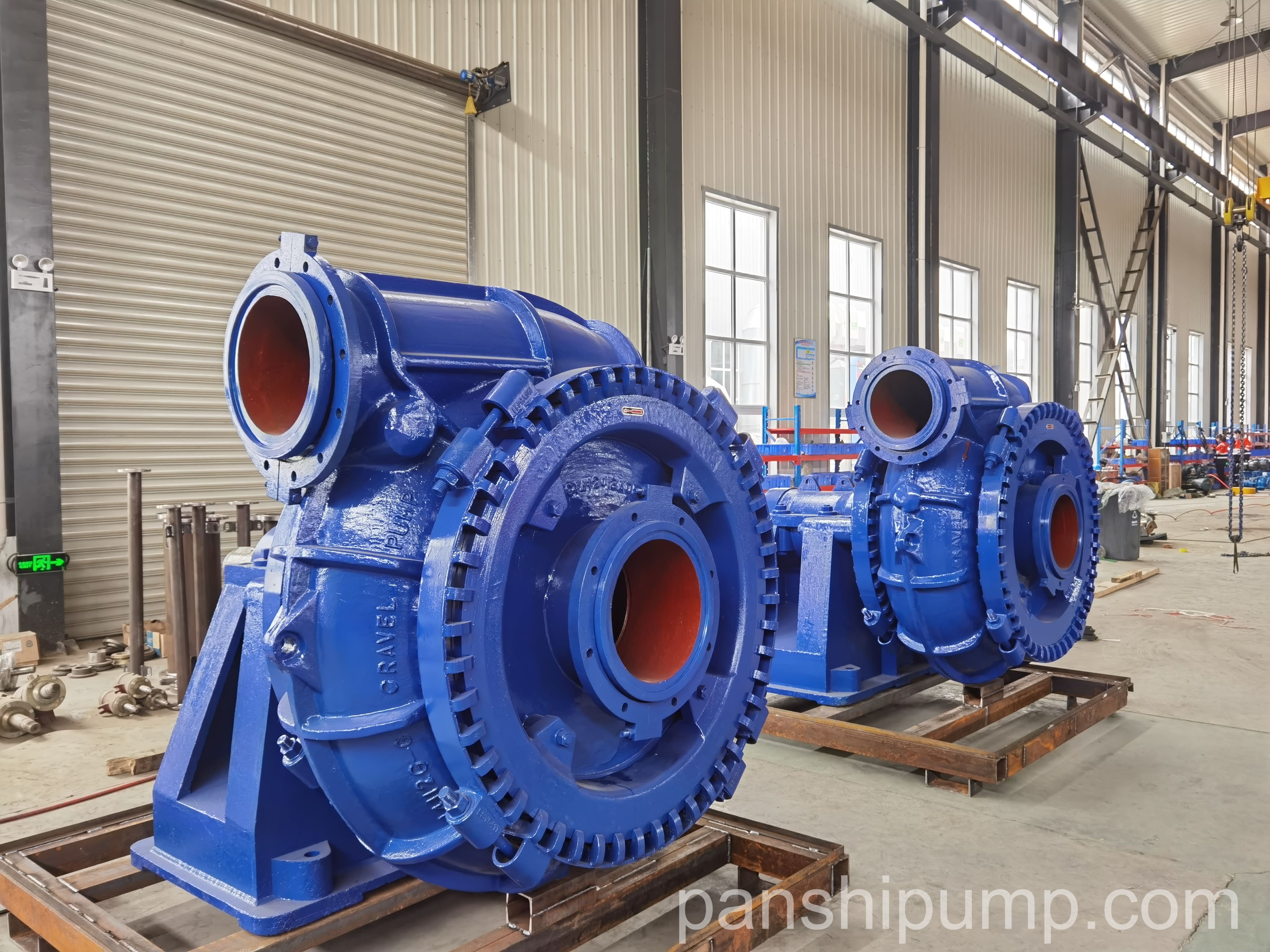
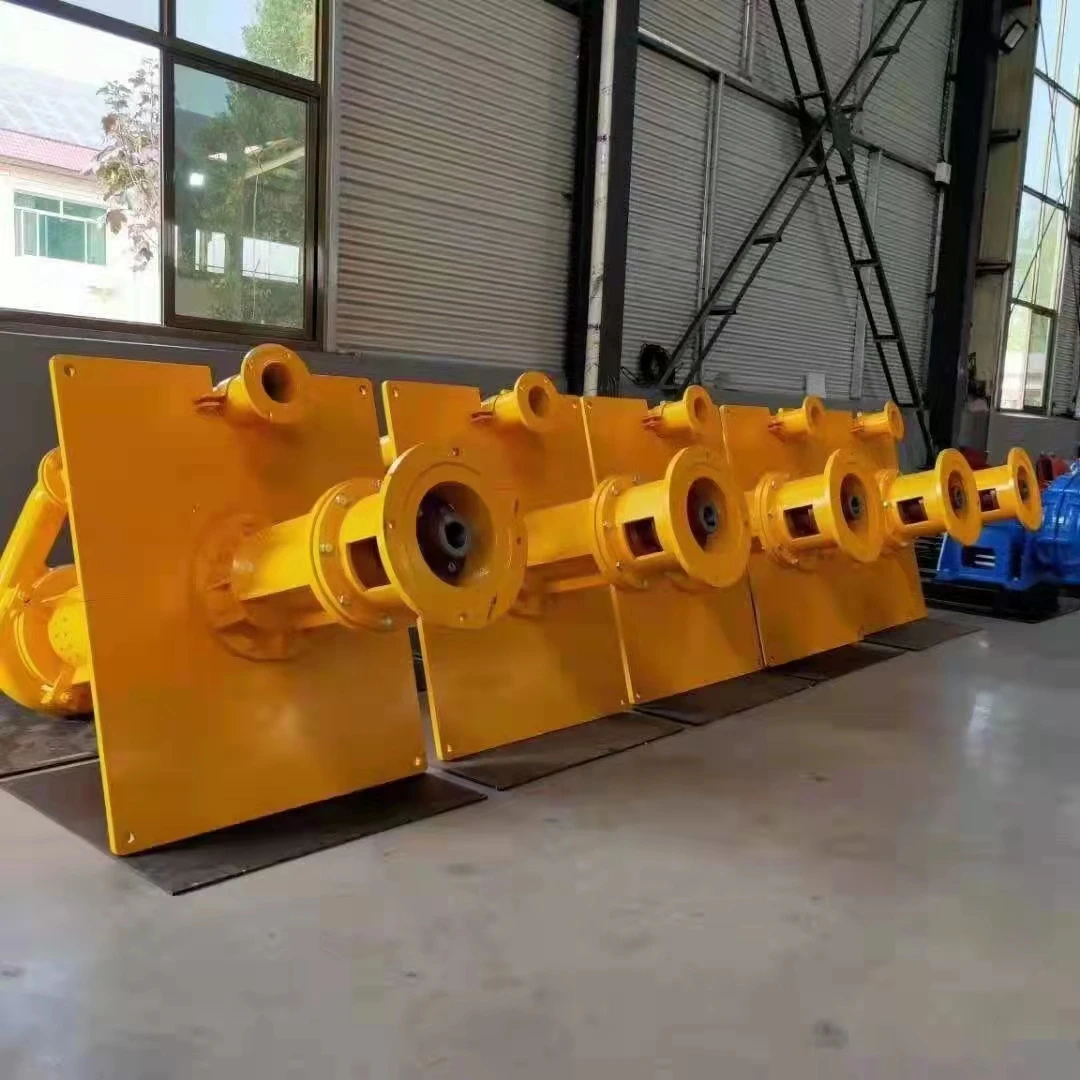
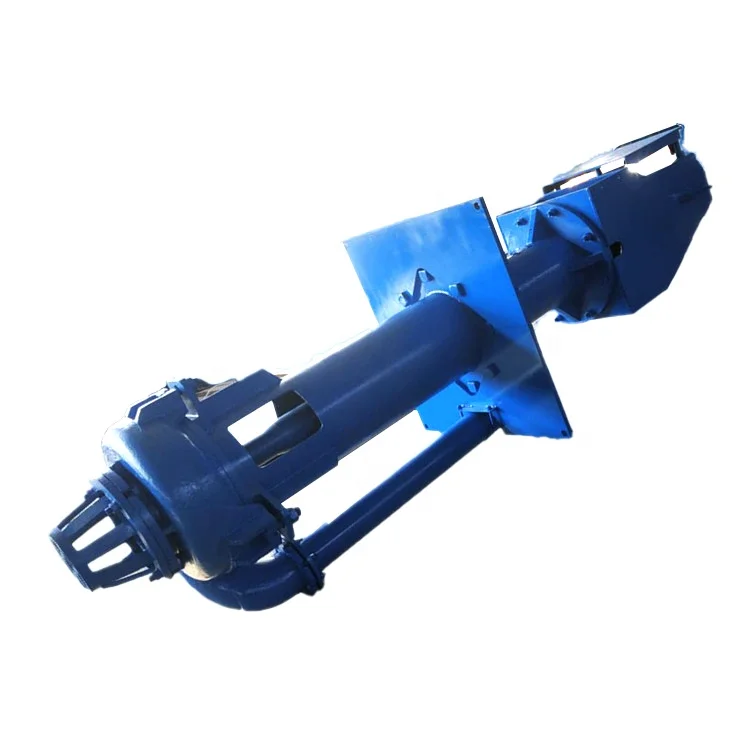
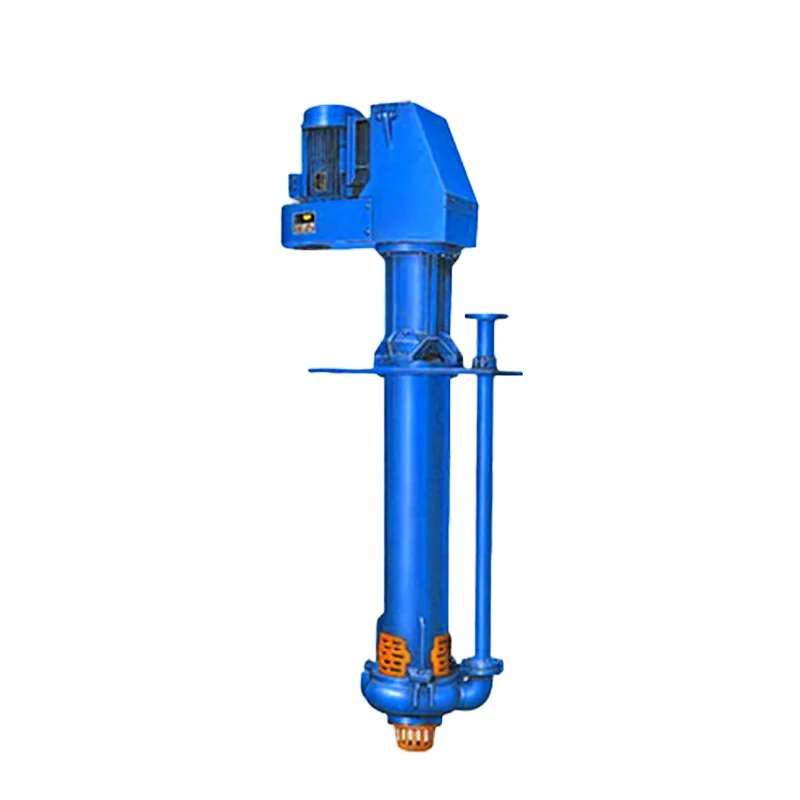
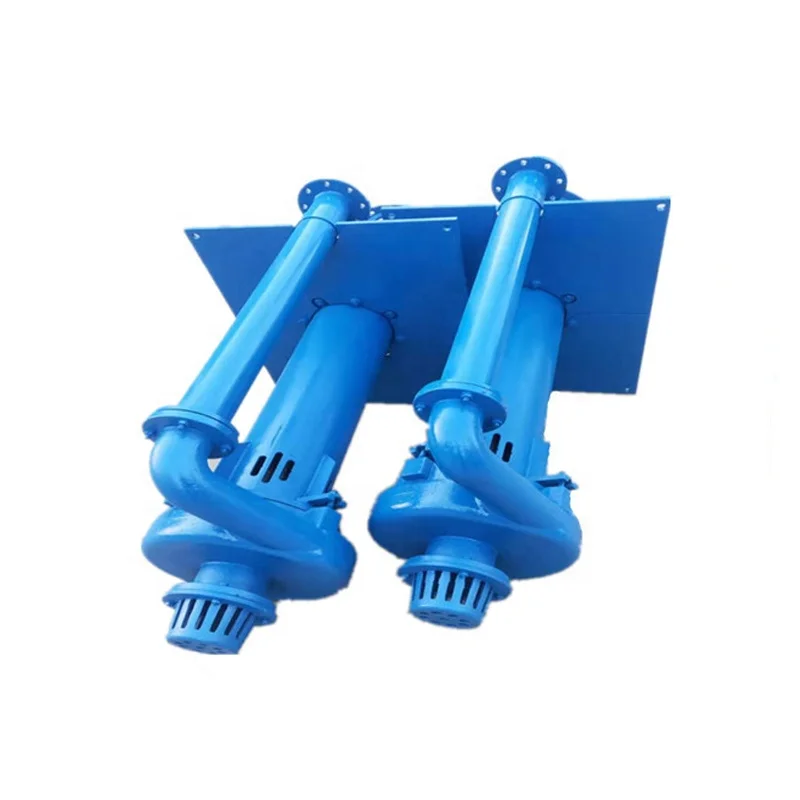




Please login to write a comment after